Object Management Group, OPC Foundation announce strategy for DDS and OPC UA connectivity standards
The Object Management Group (OMG) and the OPC Foundation have announced a collaborative strategy for market and technical interoperability for the two leading standards for the Industrial Internet of Things.
The OMG and OPC Foundation are working together on integration of both the OMG Data Distribution Service (DDS) standard and the OPC Unified Architecture (OPC UA) standard, and have developed two ways for the technologies to work together. First, an “OPC UA/DDS gateway” will permit independent implementations to work together. Second, an “OPC UA DDS Profile” will enable integrated use cases.
Both are in active development.
Customers must choose a standard path now to implement a successful IIoT strategy, but by working together, the DDS and OPC UA communities will provide a non-proprietary path to interoperability, regardless of the customer’s choice of starting technology.
OPC UA is an industrial communication architecture for platform independent, high performance, secure, reliable and semantic interoperability between sensors, field devices, controllers and applications at the shop-floor level in real-time as well as between the shop floor and the enterprise IT cloud.
OPC UA allows SoA-based, easy “plug and produce” scenarios. The information about the system, its configuration, topology and data context (the metadata) are exposed in the collective “address space” of the individual OPC UA servers. This data can be accessed by authorized OPC UA clients that can see what is available, and choose what to access.
[javascriptSnippet]
DDS provides location transparent, interoperable, secure, platform independent, real-time data sharing across any kind of network. DDS lets applications define and share user data with controlled “Quality of Service” (QoS) such as performance, scalability, reliability, durability and security. DDS hides network topology and connectivity details from the application, providing data-sharing abstraction that scales from local area networks to fog and cloud computing. It can support large fan out and sub-millisecond latency. DDS defines a "common data-centric information model" so that applications can run "plug & play" with very little or no deployment configuration.
Today, there is little overlap between DDS and OPC UA in applications. Even when used in the same market (e.g. energy) the use cases are quite different. OPC UA provides client-server interaction between components such as devices or applications. DDS is a data-centric “bus” for integration and peer-to-peer data distribution. Because the focal applications and approaches for DDS and OPC UA are different, most applications clearly fit better with one or the other.
“Interoperability and connectivity are crucial to the rise of the Industrial IoT,” said Stan Schneider, CEO of Real-Time Innovations (RTI), the leading provider of DDS technology. “RTI has a long history in standards development. We are members of the OMG, the OPC Foundation, and 15+ other consortia in many industries. We also lead many of the technical teams and testbeds at the IIC and sit on the IIC Steering Committee. I am glad that our experience let us play an important role in developing the relationships and technologies to cooperate with the OPC UA community. This joint approach will greatly accelerate IIoT adoption.”
